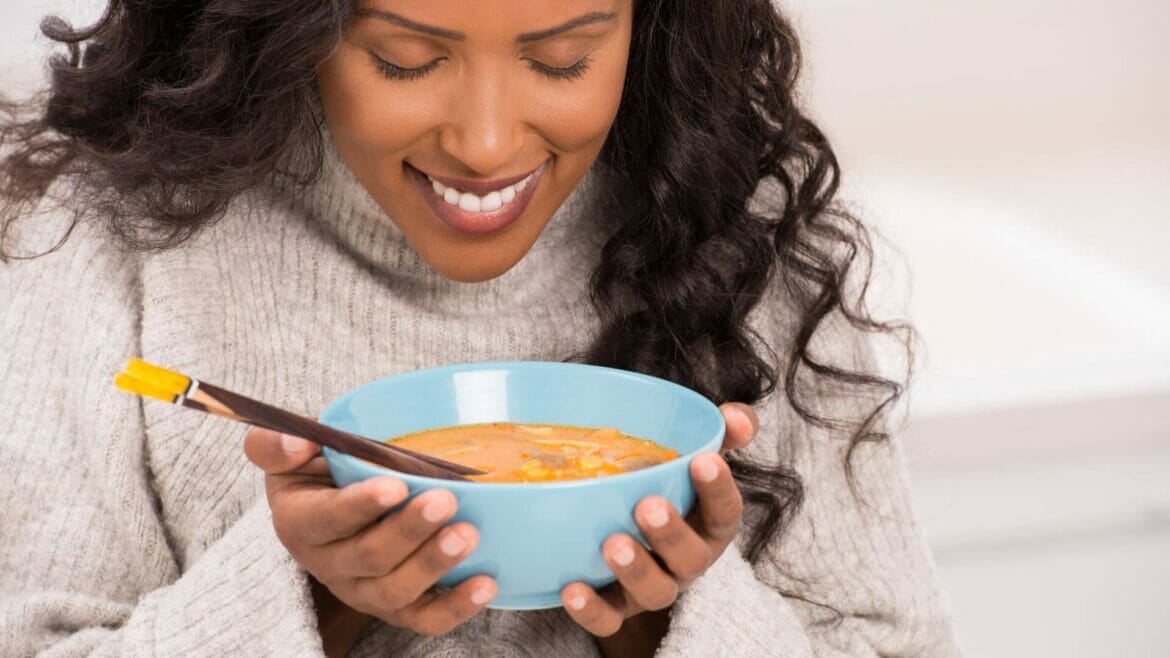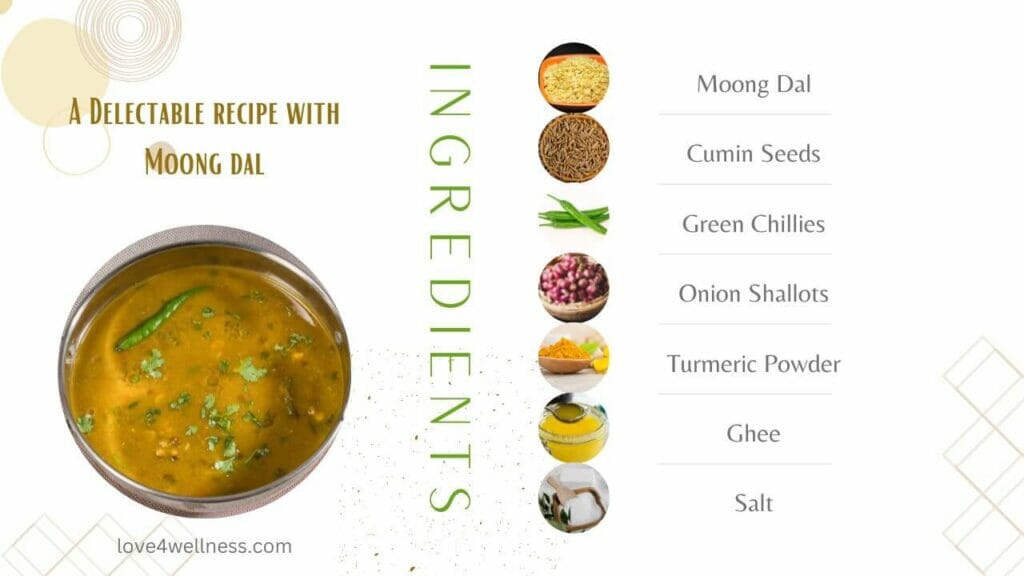Are you looking for a healthy dish with significant protein and fibre that does not cause a spike in blood sugar and is also tasty? Then please read on, for this post is on a healthy recipe using moong/mung dal as the main ingredient.
Moong beans or Mung beans are widely used in Asian cuisines. When their husks are removed, mung beans are called mung dal. Mung dal is available in two forms – green mung dal and yellow mung dal. While the former is split mung bean with a layer of skin intact, the latter is split mung bean with the husk removed completely.
Of the three, mung beans have the most nutrient value. However, the other two are also quite nutritious – low in carbs and fat and high in protein and fibre.
Here are a few impressive benefits of consuming Moong dal.
- Fibre keeps you feeling fuller for longer
- Protein is good for bones and muscles, and keeps you hunger-free for longer
- Has vitamins and minerals good for eye health and skin health
- Also, recipes with moong dal do not cause spikes in blood sugar levels
This recipe using mung dal is very easy to make, less on ingredients, high in nutrition, and extremely tasty. Make it more watery, and you can have it as soup. A slightly thicker version goes well with rice, roti, or poori.
Read: Learn more about moong dal benefits
Ingredients needed:
- Mung dal (yellow, split dal) – 1 cup
- Green chillies (Sliced and cut) – 5
- Onion shallots (chopped coarsely) – 8
- Cumin seeds – 1 tablespoon
- Turmeric powder – 1 teaspoon
- Ghee (clarified butter) / Olive oil – 1 tablespoon
- Salt – as needed
- Coriander leaves (finely chopped) – to garnish
How to do?
Step 1:
Wash mung dal a couple times. Add enough water and pressure cook until soft. Simmering for 5 min after one whistle is usually enough.
Step 2:
Take a heavy-bottomed pan. Add ghee or oil for sauteing. Ghee is preferred as it gives a lovely aroma to the dish. Add cumin seeds to the hot ghee.
Step 3:
Simmer, and then add the chopped onion shallots and green chillies. Toss it for a minute.
Step 4:
Mash the cooked dal well with a spatula and then add to the pan. Add turmeric powder and salt as needed. Then, add enough water according to your preferred consistency. If you plan to have it as soup, add 2.5 to 3 cups of water. If you want to take it along with rice or poori, 2 cups of water must be enough.
Step 5:
Simmer and let it boil for 7-8 minutes. Stir occasionally as the dal tends to gather at the bottom of the pan.
Step 6:
Finally, garnish with chopped coriander leaves.
Your dish is ready to be savoured.
Also Read:
- 3 Easy And Effective DIY Papaya Face Masks For Oily, Dry, Normal Skin
- Pregnancy Superfoods Expecting Mothers Should Include in Their Diet
- Amla Chutney: A Simple Dish With Extraordinary Benefits
Variations:
- You can definitely use olive oil instead of ghee. But there will be a difference in the aroma, and the dish wouldn’t have the authentic Indian flavour, though 🙂
- To make it nutritive-dense, you may add a few vegetables. However, not all vegetables go with the dish. The best ones are potatoes, beans, carrots, and fresh peas. You need not boil them. Just add the cut vegetables while sauteing the shallots and allow them to simmer along with the dal for about 10-12 minutes.
- You can also add pre-soaked and boiled peas. However, add them to the dish at the end, a couple of minutes before you take it off the stove, so the peas blend with the dal well.
How long does it stay edible?
When possible, I go by Ayurveda rules. And Ayurveda asks you to eat food within 3-4 hours of cooking. And the same applies to this Mung dal recipe as well. But if you really need to store this, you may refrigerate it within two hours of cooking and keep it for a day. And before use, add some water, mix well with a spoon and heat on a low flame until it is warm enough to be served.
So try this healthy Moong Dal recipe and have it often for its taste, nutrient value, and health benefits.
Images: canva.com

